
History
Back to NewsroomPortrait of Soldier: Captain Percy Valentine Storkey VC
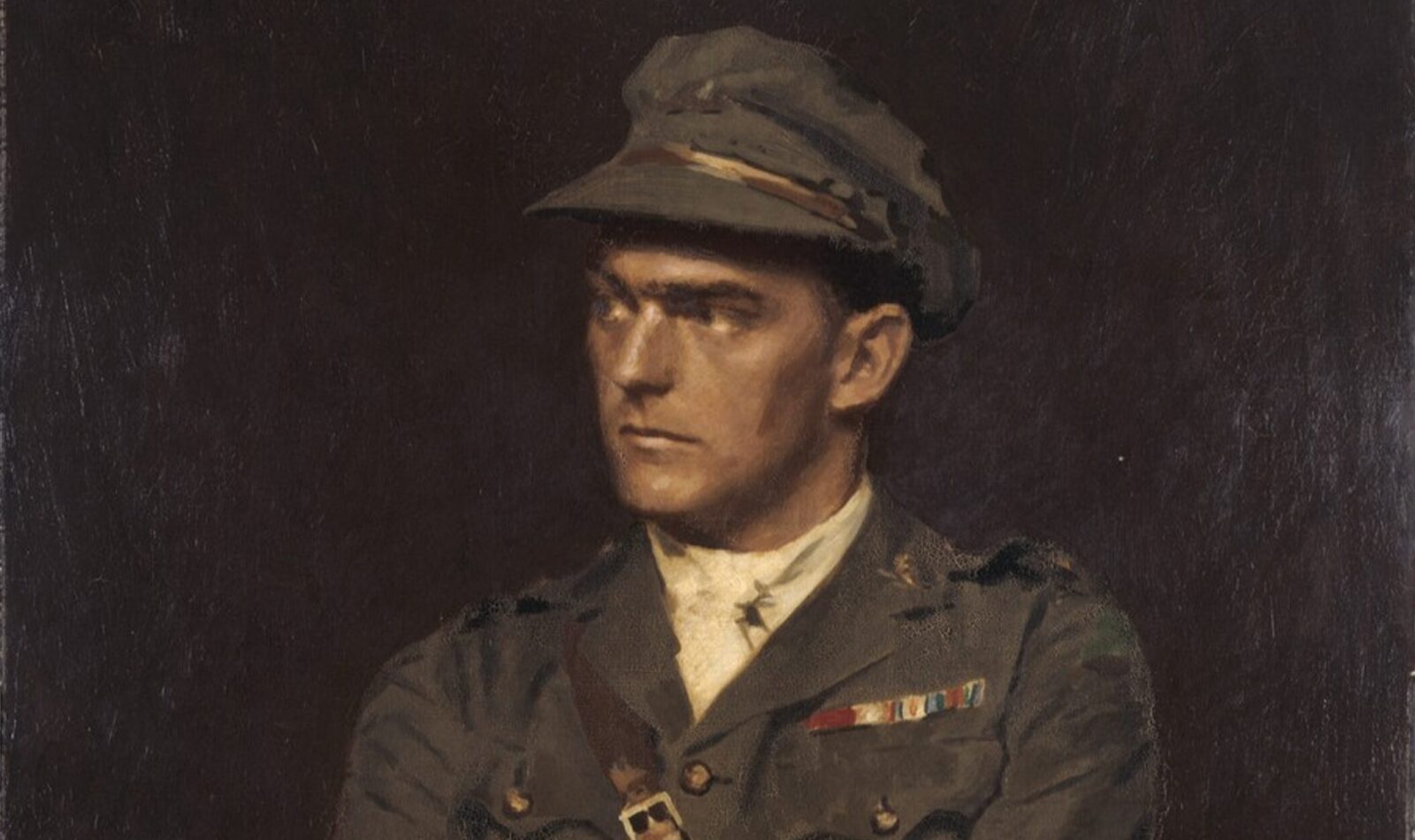
Many soldiers involved in the German spring offensive of 1918 were commended for their bravery on the battlefield. One of them was Captain Percy Storkey, who received the Victoria Cross in May 1918 for his actions during the Battle of Hangard Wood.
Percy Valentine Storkey was born on 9 September 1893 in Napier, New Zealand. His father, Samuel James Storkey, was a printer from Great Britain, and his mother, Sarah Edith Storkey (née Dean) was a New-Zealander. He began his higher education at Victoria College in Wellington, studying arts, before leaving for Sydney in 1911, where he worked for the Eastern Steamship Company. He then resumed his studies in law at the University of Sydney.
Percy was 23 years old when war broke out in 1914. He enlisted in the Australian Imperial Force on 10 May 1915 in Liverpool, New South Wales, where he joined the 30th Battalion AIF and rose quickly through the ranks to second lieutenant. In November 1916, he was deployed to the Western Front with the 19th Battalion AIF.
In January 1917, he was promoted to lieutenant. His service record shows that he was wounded in action within five days of going into action near Flers, and again near Passchendaele in October 1917.
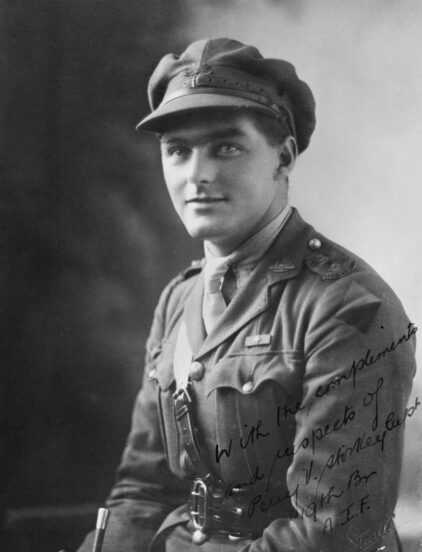
However, his most notable military achievements remain those near Villers-Bretonneux in April 1918. On 7 April 1918, during the German Spring Offensive, the 19th Battalion was deployed into Hangard Wood, near the town of Villers-Bretonneux, with Percy serving as Second in Command of a company under Captain Clarence Wallach. The German Army needed to capture the town as a prelude to launching a major offensive on the strategic objective of Amines, a major transport hub for the Allies.
Intelligence had incorrectly reported that the Battalion’s objective was lightly held by the enemy. With this in mind an overcome by fatigue, several of the men of the 19th Battalion, including Percy, fell asleep while waiting.
By the time Percy awoke and caught up with the battalion, which had already advanced nearly 70 metres, he found that nearly 25% of the troops had been killed or wounded by machine gun fire, including Captain Wallach, who had been hit in both knees.
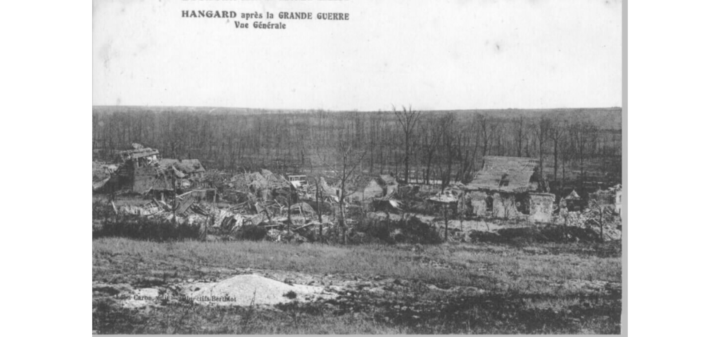
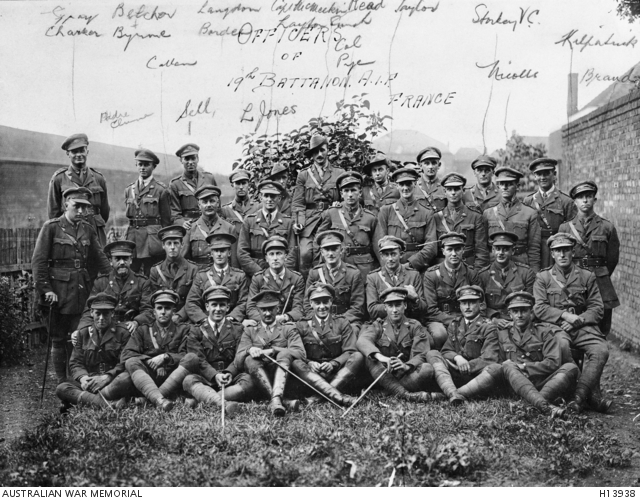
Percy took over command of the company and with a few other soldiers began engaging the German machine gun. Joined by another officer and four men, Percy took immediate action, shouting as if the entire battalion were following him, he jumped up and led a charge.
The Germans, occupying a small section of trench with limited visibility were tricked by the confident attitude of this small section into believing that they were heavily outnumbered.
Percy’s small section managed to kill or wound around thirty German soldiers and received the surrender of another 50. His quick thinking and decisive action saved the left flank of the 19th Battalion.
For his bravery and leadership, Percy Valentine Storkey was awarded the Victoria Cross.
[…] The splendid courage shown by this officer in quickly deciding his course of action, and his skilful method of attacking against such great odds, removed a dangerous obstacle to the advance of the troops on the right, and inspired the remainder of our small party with the utmost confidence when advancing to the objective line
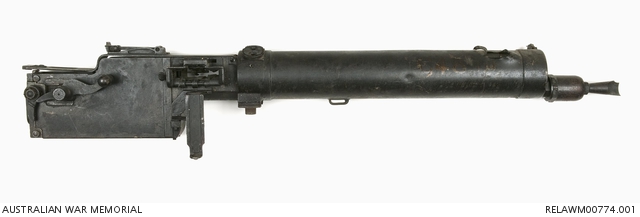
Captain Wallach, on the other hand, suffered a more tragic fate, as did his siblings, whose story you can read here. Repatriated to Etaples Hospital to have his gangrenous legs amputated, he died on 22 April 1918.
Despite their earlier setbacks the Germans were eventually able to capture Villers-Bretonneux on 24 April 1918. Just hours later, in the early morning of 25 April—Anzac Day—the Allies, led by Australian troops, struck back and retook the town, bringing the German advance in this sector to a halt.
Percy Storkey was promoted to Captain in May 1918. He was repatriated to Australia in November 1918 and his service with the Australian Imperial Force ended in January 1919.
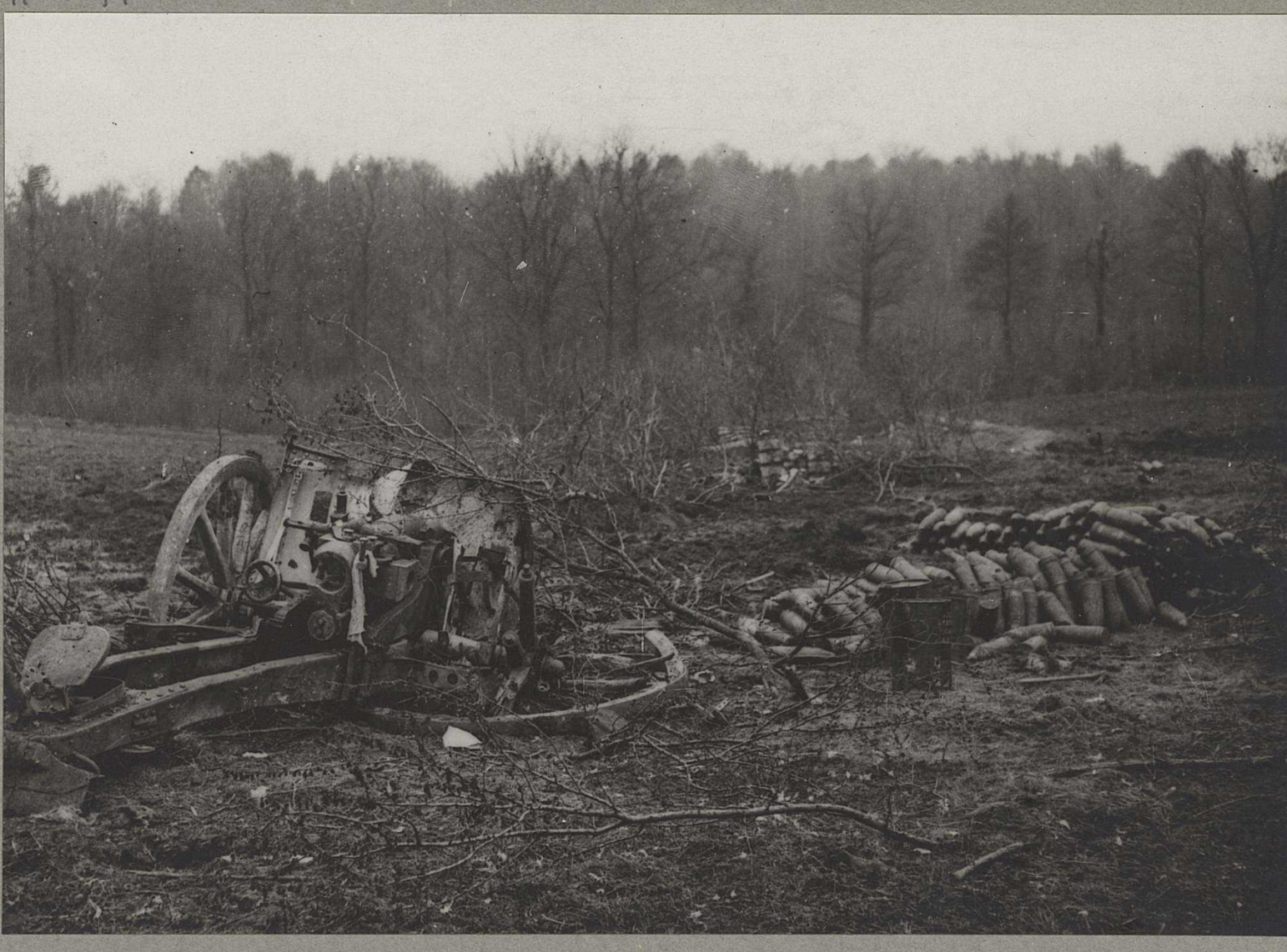
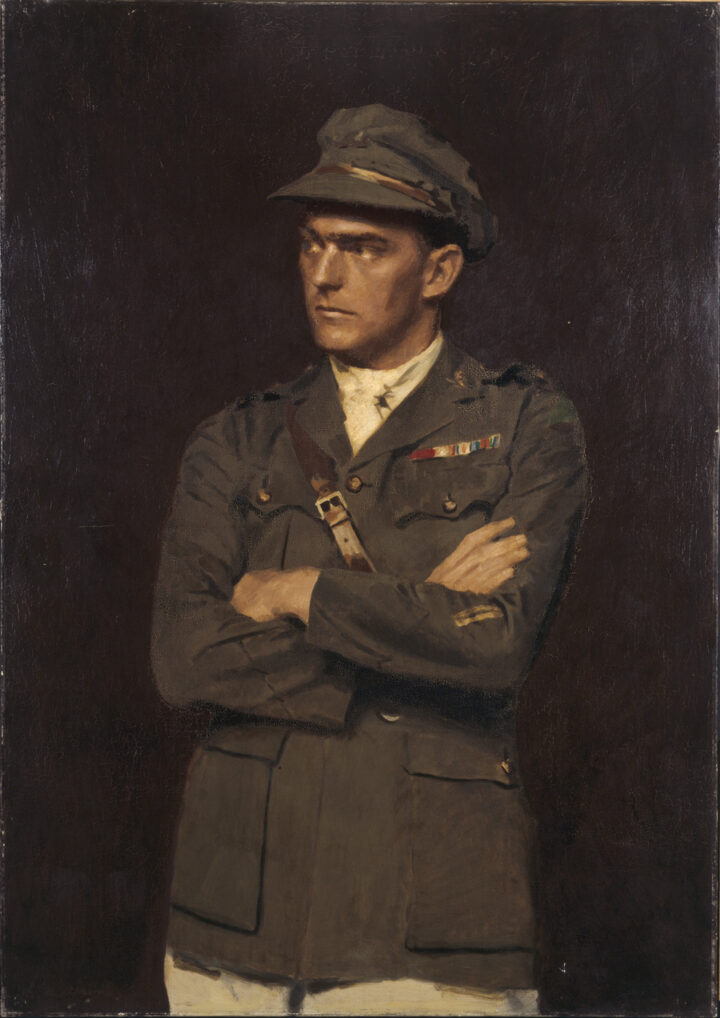
Percy graduated from law school in 1921, qualified for the bar, and went on to pursue a career in law. In May 1939, he became a district judge and president of the Quarter Sessions in the northern district of New South Wales.
He retired in 1955 and passed away on 3 October 1969, leaving behind his wife, Minnie Mary. In his will, he left his Victoria Cross to his old school in Napier.